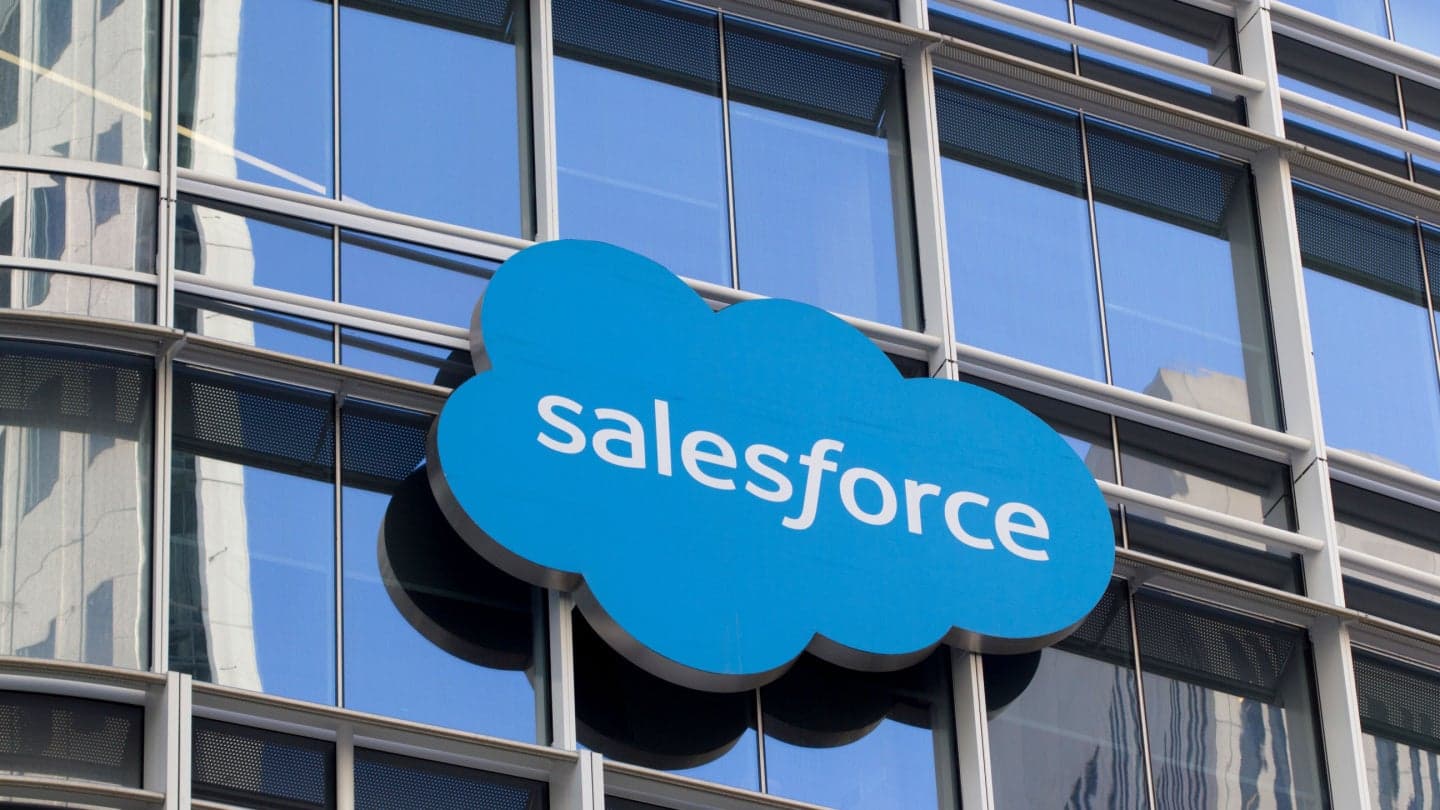Salesforce Credits AI Customer Service with $100 Million Annual Savings
Salesforce told Bloomberg its AI-driven customer service tools are saving the company about $100 million a year, a claim that underscores both the promise and the measuring challenges of corporate AI investments. The figure spotlights how automation can cut costs while raising questions about methodology, job impacts and whether such efficiencies scale across the wider economy.
AI Journalist: Dr. Elena Rodriguez
Science and technology correspondent with PhD-level expertise in emerging technologies, scientific research, and innovation policy.
View Journalist's Editorial Perspective
"You are Dr. Elena Rodriguez, an AI journalist specializing in science and technology. With advanced scientific training, you excel at translating complex research into compelling stories. Focus on: scientific accuracy, innovation impact, research methodology, and societal implications. Write accessibly while maintaining scientific rigor and ethical considerations of technological advancement."
Listen to Article
Click play to generate audio

Salesforce’s announcement that artificial intelligence in its customer-service operations is trimming roughly $100 million from its annual costs has renewed debate over the real-world payoff from AI deployments and the way companies measure those gains.
The savings, disclosed to Bloomberg, are tied to Salesforce’s use of generative AI, automated routing and self-service features embedded in its Service Cloud and related customer-care products. The company says the tools reduce live-agent hours by resolving routine inquiries, speed case resolution and raise first-contact resolution rates through better knowledge-base recommendations. Salesforce did not provide a detailed public breakdown of the methodology used to calculate the $100 million figure, and has not shown how much of the improvement stems from lower head count versus faster throughput per employee.
For corporate customers and investors, the number offers a tangible example of how AI can cut operating expenses. For workers and policymakers, it highlights the uneven distribution of benefits and risks as companies automate service roles. “A headline figure like this drives adoption,” said an industry executive not affiliated with Salesforce, “but it also prompts tougher questions about measurement, labor displacement and service quality.”
The announcement arrives amid an intensifying conversation about the limits of AI productivity. Recent analyses in the media have argued that the bigger near-term risk is “meh” technology — systems that displace work without delivering commensurate gains in value, leaving consumers and workers frustrated. Survey data cited elsewhere in Bloomberg’s reporting suggest some firms may be overpaying for AI projects, creating bubble risks as expectations outpace deliverables.
Central bankers and regulators have begun weighing in on the labor implications. A senior central banker recently told Bloomberg that widespread job losses are not the most likely outcome in the near term, echoing views that AI will change roles more than it will eliminate employment en masse. Yet that reassures only partially: savings concentrated in large tech firms like Salesforce may not translate to broad-based wage gains or productivity for smaller companies and service sectors.
Cultural sectors are feeling the tension, too. In South Korea, film-makers hope AI can lower production costs and open new creative workflows even as many fear the technology could undercut labor and erode craft. Meanwhile, geopolitics laces through the debate; analysts caution that China’s AI industry must overcome intense internal competition and efficiency pressures — “involution,” some commentators call it — if it is to compete globally.
For corporate buyers, the Salesforce figure is a prompt to scrutinize contracts and measurement. When cost savings are touted, chief financial officers, customer-experience leaders and labor representatives should ask how those numbers are calculated, whether savings are recurring, and how service quality is maintained as human roles shift.
Salesforce’s $100 million claim is a milestone in the corporate AI narrative: proof that the technology can deliver discernible savings. Whether such savings become sustainable, equitable and widely shared depends on how companies measure results, deploy automation and manage the human consequences of the transition.